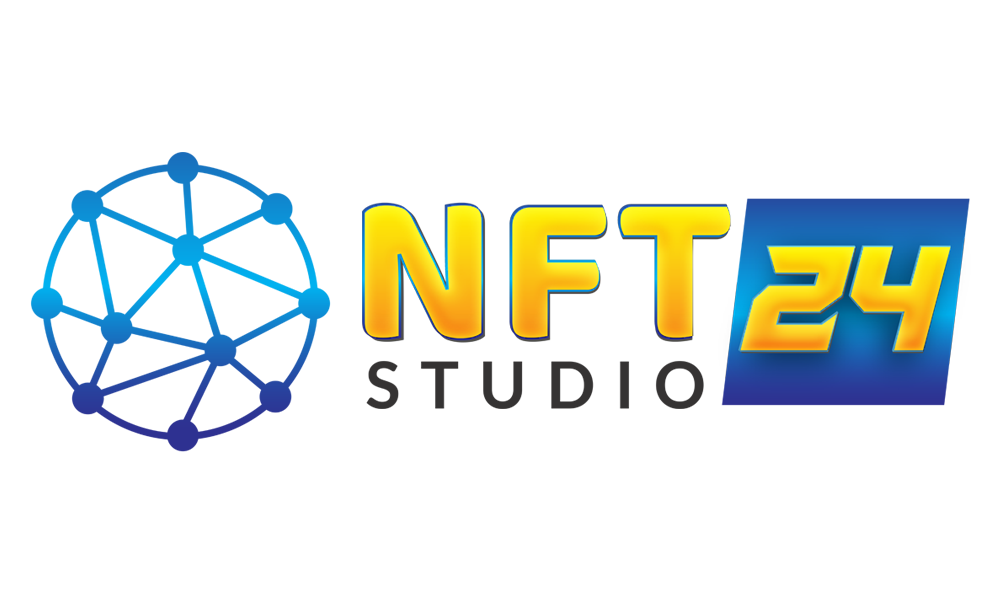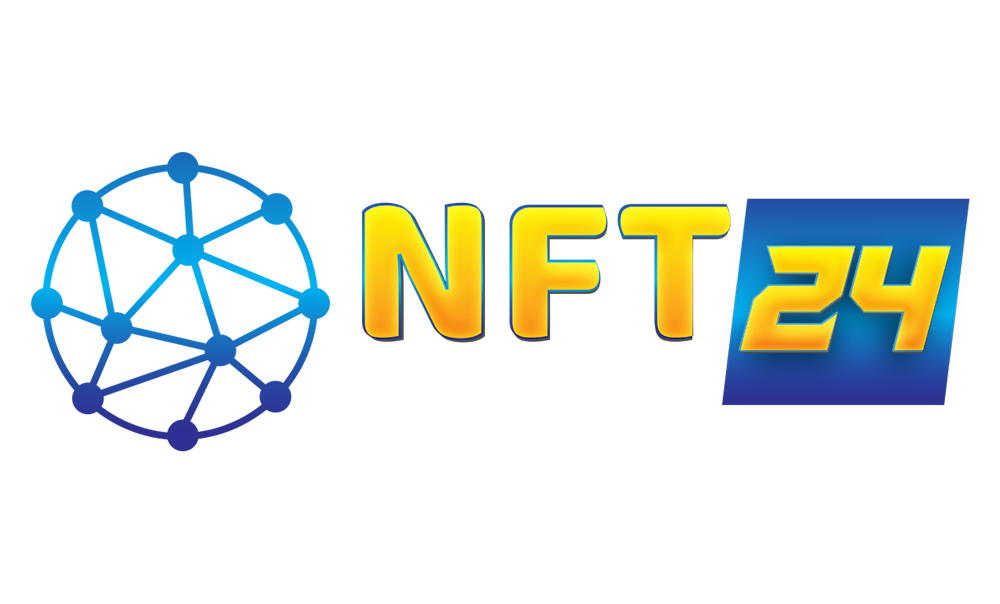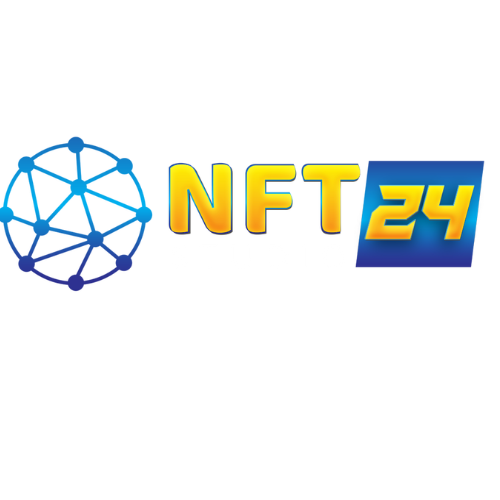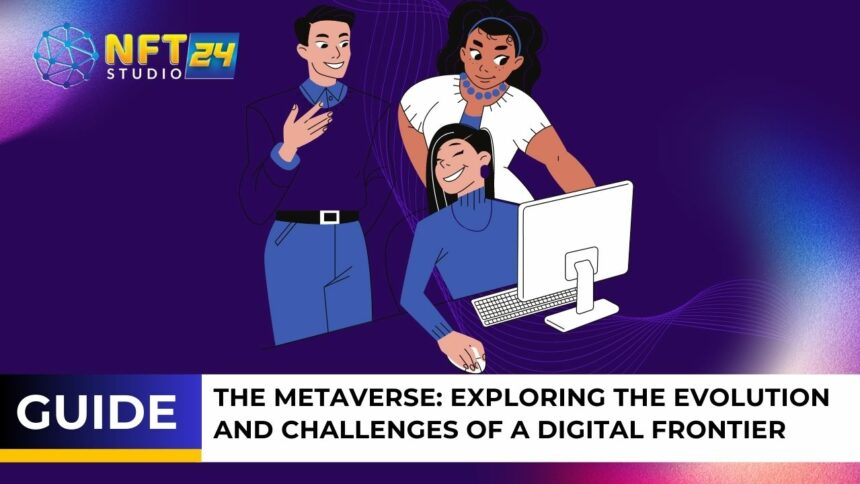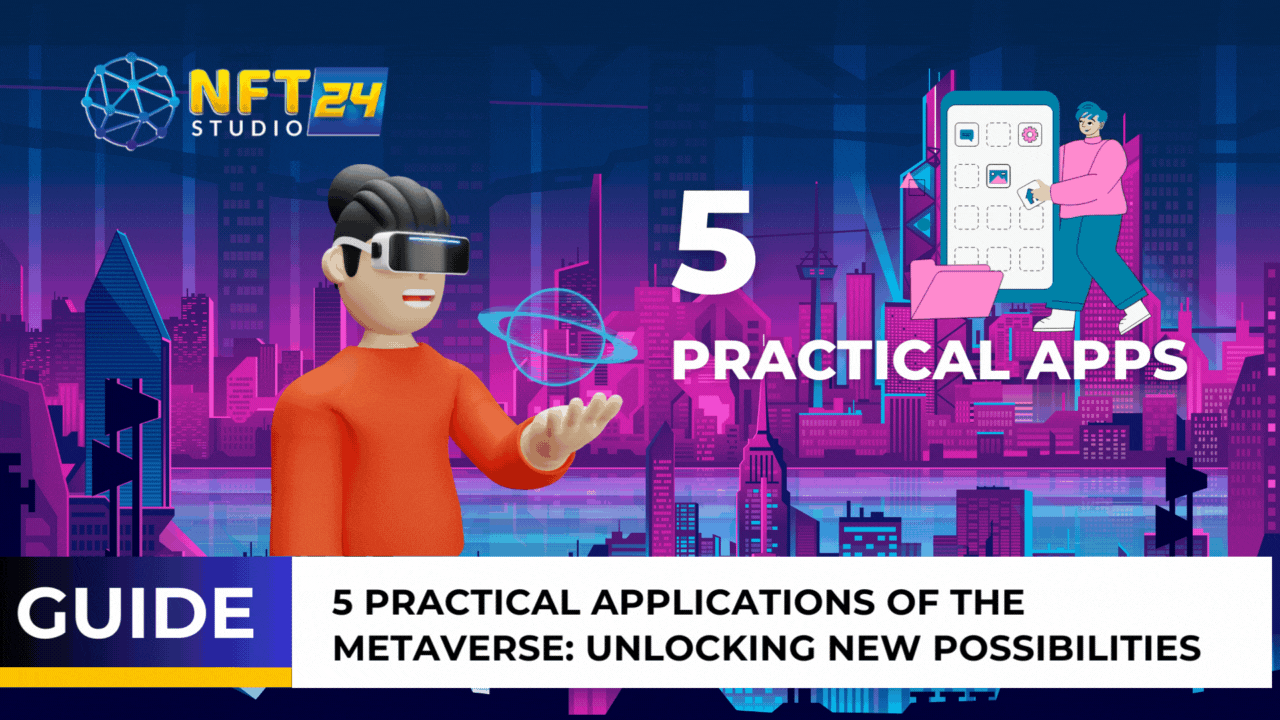In a world where social apps are blurring the boundaries between physical and digital realms, the concept of the metaverse has become a corporate buzzword. However, understanding its true potential and explaining it to newcomers can be challenging. Let’s delve into the origins and evolution of the metaverse to shed light on this exciting concept.
The term “metaverse” first gained prominence in Neal Stephenson’s 1992 novel, Snow Crash. It envisioned a virtual world where people could interact, transact, and live out their digital lives, blurring the lines between reality and fiction. This captivating idea sparked the imagination of readers, paving the way for the concept’s popularity.
The first playable experience of the metaverse came in 2003 with the launch of Second Life, an early virtual world that allowed users to socialize, engage in commerce, and explore a digital realm. Although it laid the foundation for a potential metaverse, it fell short of the seamless interconnectedness that defines the concept.
PlayStation Home: A Glimpse into the Metaverse, but Fell Short in Scale and Accessibility
PlayStation Home, a social virtual world introduced in 2008 for the PlayStation 3, provided users with a taste of what a metaverse could offer. With avatar customization, interactive environments, and social activities, it showcased the hunger for virtual social spaces. However, it lacked the scale and accessibility necessary for a full-fledged metaverse.
Fast forward to the present, and platforms like Roblox and Minecraft are emerging as strong contenders for the future of the metaverse. Roblox’s immersive experiences and user-generated content have captivated millions of users, while Minecraft’s iconic block-building gameplay has fostered a massive community of players. Both platforms demonstrate the power of imagination and user creativity in shaping virtual worlds.
Yet, the current state of the metaverse falls short of the ideal interconnected experience. Companies are creating their own versions, requiring users to switch between apps and limiting the seamless transition between worlds. The true metaverse should offer effortless exploration and collaboration, much like jumping between websites without changing web browsers.
However, one platform that comes close to the metaverse’s vision is VRChat, a virtual reality social platform. VRChat allows users to explore user-generated worlds, interact with others, and create avatars across different devices. Its versatility and immersive qualities align with the metaverse’s core values. Full-body tracking, which enhances immersion and realism, remains an area for improvement in most apps.
Meta’s Rebranding and Horizon’s Arrival Spark Debate on the Metaverse’s Future Amid Corporate Concerns
The recent rebranding of Facebook as Meta and the introduction of Horizon, their take on a social VR app, caused confusion and raised concerns about the metaverse’s fate. Some felt that the metaverse had been hijacked by corporations, diluting its original meaning. However, despite these challenges, the concept of the metaverse remains alive in the minds of those who envision a future where technology transcends physical limitations.
The fate of the metaverse depends on the collective efforts of creators, developers, innovators, and users. While the term itself may evolve or face hurdles, the underlying idea of a connected and immersive virtual world continues to inspire. It is a testament to the endurance and resilience of the metaverse concept that its core values persist and drive us into an exciting, unknown future.
In conclusion, while the metaverse may have transformed in the face of rebranding and challenges, its concept and aspirations remain strong. The metaverse represents a future where technology brings us closer together, enables new forms of expression, and revolutionizes how we interact with our digital surroundings. The journey towards a fully realized metaverse is ongoing, and it is up to us to uphold its core principles as it continues to evolve.
